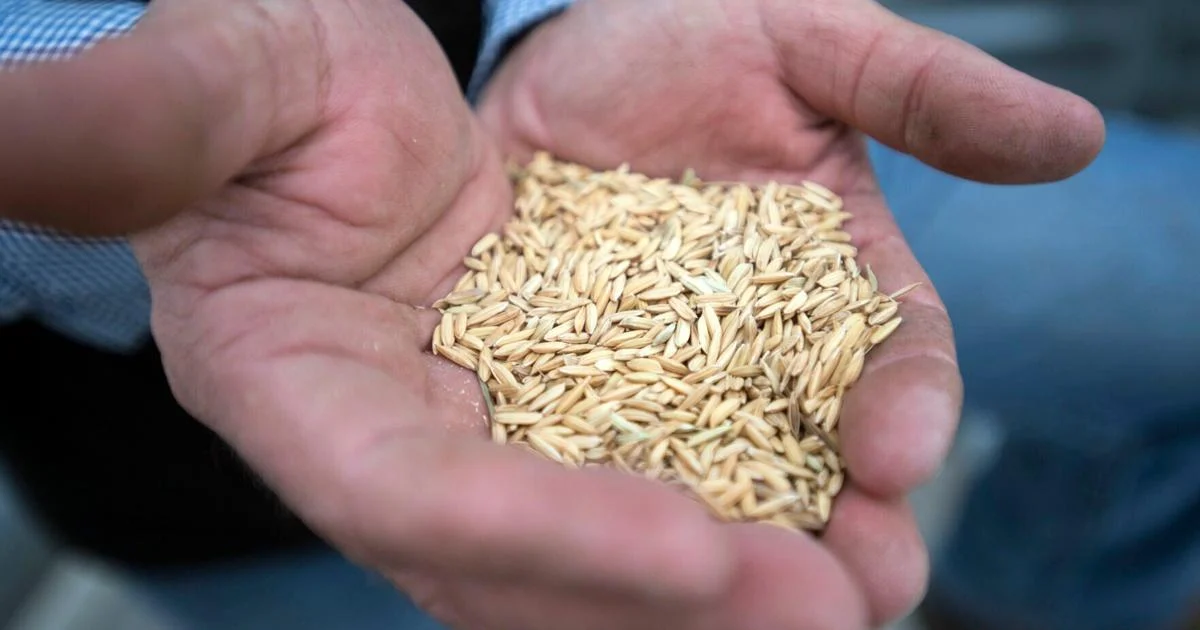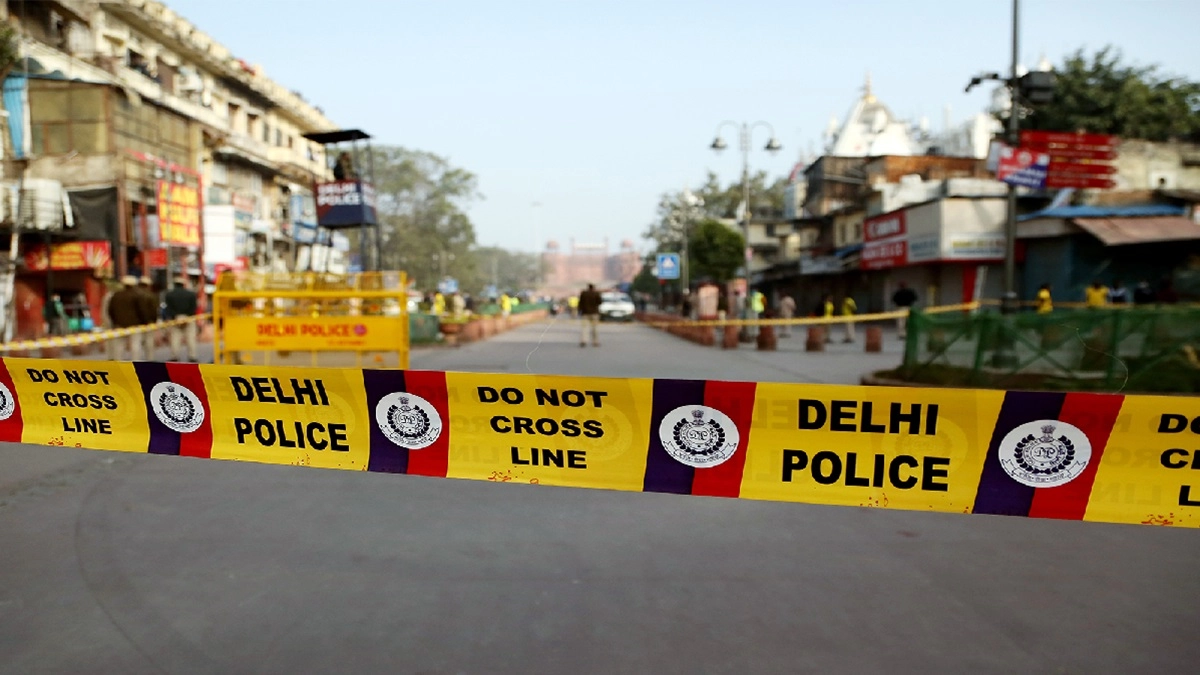Copyright Baton Rouge Advocate

It's a key moment on Stephen Logan's farm in Gilliam, La. And in farming, he said, "timing is everything." His team has harvested the final corn, soybeans, cotton and peanuts, in that order. Now they're spreading cereal rye seed and making plans for the next growing season. But the government shutdown has made paying for those cover crops and finalizing those plans more difficult. Each fall, farmers across Louisiana count on the now-shuttered U.S. Department of Agriculture and other federal agencies for financial assistance and information. For three weeks, they've been unable to get a loan from the agency, apply for a conservation program or receive a market report. "All of that is shut down," said Louisiana Commissioner of Agriculture Mike Strain. That means many farmers are flying blind as they try to decide when to sell this fall and what to plant next February, a decision they often make months in advance. "That information is needed now," Strain said. Government programs are even more critical as farmers are struggling with high prices for most of what they buy, including fertilizer, and low prices for most of what they're selling, several farmers said. "We're very resilient, and we try to work with whatever's thrown at us," said Logan, a member of the EPA's Farm, Ranch and Rural Communities Advisory Council. "But this is a very tough time in agriculture." Recession fears About 91% of agriculture economists surveyed in September said they believe the U.S. crops sector is in a recession, according to the Farm Journal's monthly survey of about 70 economists. Among the reasons: Low grain prices, high input costs and trade uncertainty, especially with China, which has been boycotting the purchase of U.S. soybeans in response to President Donald Trump’s tariffs on imports from China. The Trump administration has touted a possible multi-billion-dollar bailout for farmers affected by the trade dispute, now on hold amid the shutdown. During Trump's last administration, changes to trade policies "sucked at the time but seemed to help in the long-term," said Michael Frugé, who farms rice, crawfish and soybeans in Eunice, La. This time, "will we see some beneficial results long-term? Yet to be determined." Frugé is concerned that China's boycott will have a detrimental effect on next year's soybean prices. Current prices of about $10 a bushel aren't bad, he noted. But the input costs for all his crops — from fertilizer to boat repairs — have skyrocketed, said Frugé, whose high-protein Parish Rice landed on Walmart shelves in 2024. "The math just doesn't work." On Oct. 1, swaths of the federal government, including the USDA, shuttered after lawmakers couldn’t reach a deal on a short-term spending bill to fund federal agencies through Nov. 21. Typically, in the fall, farmers would be studying USDA market information, including supply-and-demand estimates, progress reports and export sales numbers, said Michael Deliberto, a professor with the LSU Agricultural Center. They'd then use that data to make decisions about whether to store or sell a crop they've just harvested. That information, some of it drawn from surveys, also affects prices, Deliberto said. A record crop or unexpectedly low yield could sway the market. For example, answers to questions like "how much soybeans did we crush last month?" can affect prices going forward . The market sees that "objective information, the market digests it and then prices respond." Right now, that "key piece of fundamental information" is missing, he said. Conservation programs at risk USDA offices are closed to farmers who have a question, need to fill out paperwork or want to apply for a conservation program. The USDA is not offering its marketing assistance program, a key piece of financing that typically allows a farmer to pledge their harvested grain as collateral for a low-interest, short-term loan. And they're not accepting new applications for conservation cost-share programs, such as the Conservation Stewardship Program. That program helps farmers pay for changes to their land that improve habitat, soil health or water quality. Logan has been planting cover crops for a decade on an increasing share of his acreage in Caddo Parish. Under a conservation program, the government approves a multiyear plan and then pays a share of the cost. There's no exact return, Logan said, but over the years, he's seen how planting cover crops has helped the health of his soil. "You can see it," he said, "you can smell it." He expects that farmers who aren't already invested in the program, "in a year like this, when commodity prices are at a low," might skip it. "It's hard to go spend $20, $25 an acre additional money to do that... when you may do it for 10 years before seeing the difference," he added.



